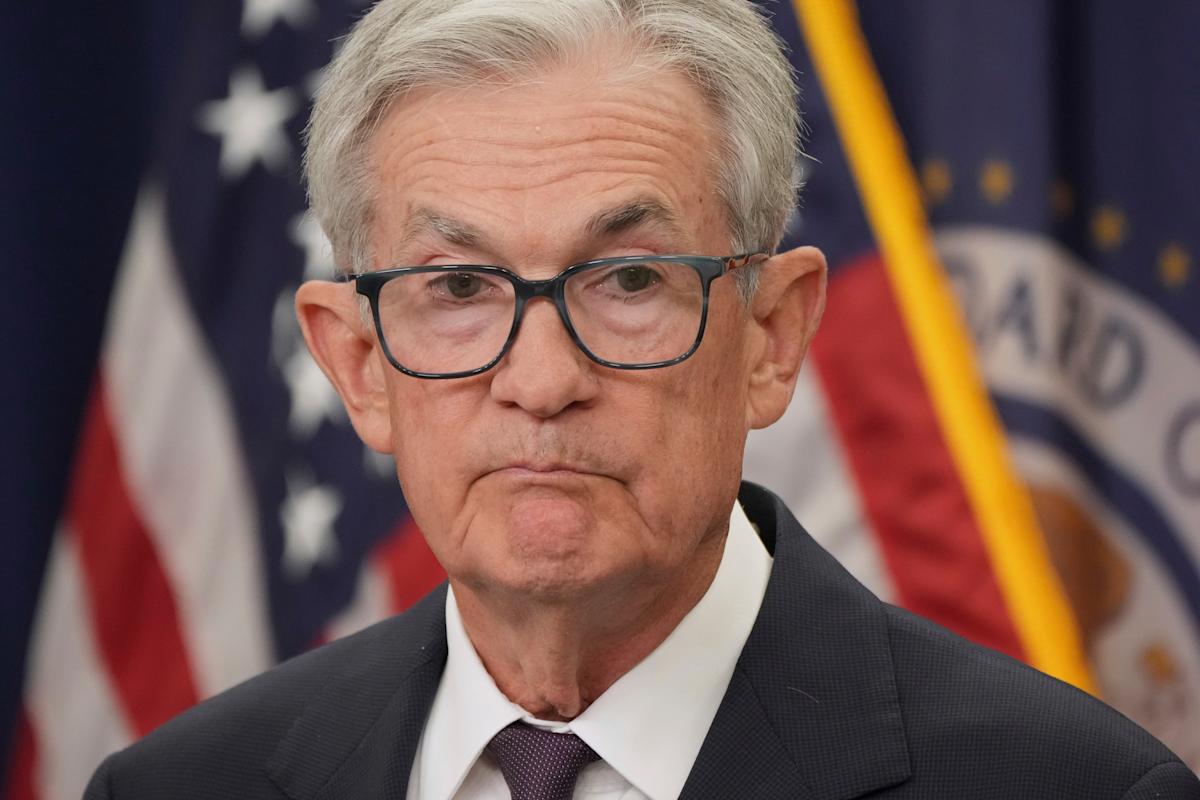The Fed’s dual mandate is under new pressure in D.C.
The long-held dual mandate of the Federal Reserve to maintain stable prices and maximize employment is under increasing scrutiny in the nation’s capital as GOP pressure on the central bank intensifies.
House Financial Services Committee Chairman French Hill (R-Ark.) on Wednesday introduced a new bill that would seek to end the Fed’s dual mandate so that central bank policymakers could focus exclusively on one goal: controlling inflation.
“For too long, the Federal Reserve has been stretched between competing objectives. It’s time to return to a clear, singular focus: protecting the wallets of American families by keeping inflation in check,” Hill said in a statement.
“This legislation brings the Fed back to its core responsibility—price stability—and away from an overly broad agenda that weakens its effectiveness.”
The bill would amend the 1913 Federal Reserve Act, which tasked Congress with maintaining both stable prices and maximum employment, and replace it with a single price stability mandate similar to other global central banks such as the European Central Bank.
Former Kansas City Fed president Esther George noted while Congress is ultimately responsible for setting the Fed’s mandate, she is not aware of “meaningful differences in outcomes experienced by central banks with single versus dual mandates overall based on the economic literature.”
“What may be the case is that a central bank with a dual mandate could exercise more discretion or flexibility to respond to the economy,” George added, stressing that this is where the debate has long existed about the role of discretion versus rules-based policies.
The introduction of the legislation came the same day the Fed voted to cut rates for the first time in 2025 due largely to job market weakness.
Even though inflation is still sticky, Fed Chairman Jerome Powell made it clear at his Wednesday press conference that the balance of risks are now shifting away from inflation as the labor market continues to slow.
If the central bank were tasked with only a sole mandate of reining in inflation that could mean that the Fed would not be cutting rates now — something President Trump has been pressuring the Fed to do all year.
Trump’s newest addition to the Fed board, Stephen Miran, has also raised new questions about the Fed’s mandate, noting that the statute mandates the central bank effectively perform a third function: promote moderate long-term interest rates in addition to maximum employment and stable prices.
He mentioned this more expansive third Fed pillar in his testimony during his confirmation hearing, and on Wednesday Miran dissented in the Fed’s decision to cut rates by a quarter point, arguing the cut should have been larger.



Leave a Comment
Your email address will not be published. Required fields are marked *